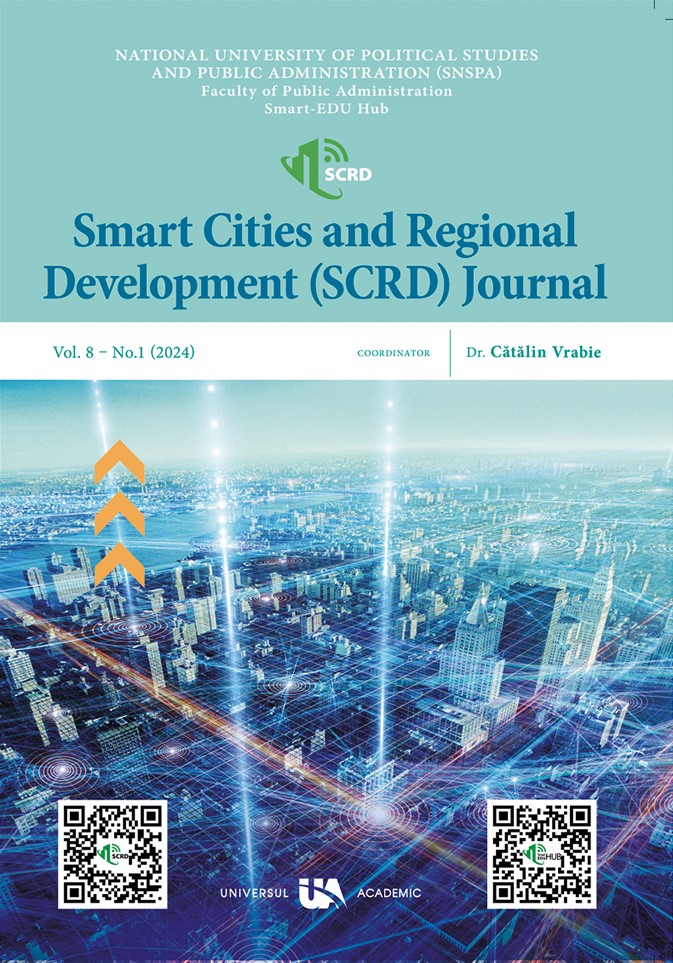Needs and Options for Improving Gold Mining Waste Management Practices for Sustainable Development in Tanzania
DOI:
https://doi.org/10.25019/zykeat83Keywords:
Acid mine drainage, mine waste, tailing storage facility, mine waste rocks, waste rock dumpAbstract
The main objective of this study was to evaluate current mining waste management practices and their challenges. This study aimed to identify existing technologies and practices, and to present improvement needs and options for environmentally sustainable practices for mining operations. Other researchers have reported many practices and technologies for managing mining waste, but the efficiency, applicability, and need for customization were not specifically addressed for developing countries. This study used field observations, measurement methods, and laboratory analysis to collect data. This study showed a large amount of mine waste rock compared to the tailings wastewater from gold processing plant produced annually. This comprises approximately 5.2 million m3 of mine contaminated water generated by leaching from the waste rock dump (WRD) and 2.3 million m3 from the tailings storage facility (TSF). The study also identified the use of TSF cut-off trenches for seepage collection, the use of lime to treat acid mine drainage (AMD), the discharge of AMD into the TSF, and the recycling of TSF water as the best practices for managing mining waste. Furthermore, the study also found that the most common environmental problems were caused by TSF water and AMD water. However, mining waste management can be improved by modifying existing practices and adopting cost-effective technologies and practices to control and treat excess mining water.
Downloads
Published
Issue
Section
License
Copyright (c) 2024 Alexander MARWA

This work is licensed under a Creative Commons Attribution-NonCommercial-NoDerivatives 4.0 International License.


